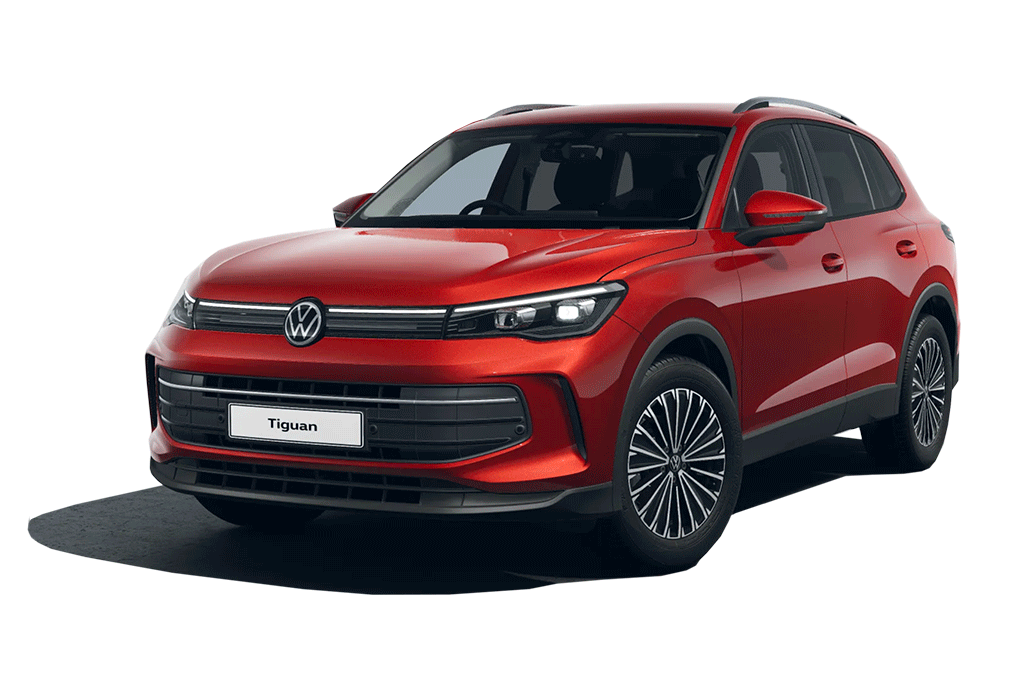Introduction and design
Despite wearing the Seal nameplate, the U actually has very little in common with the all-electric saloon that bears the same badge. It’s built on a different platform and, of course, has an internal combustion engine up front, along with all the associated gubbins of a fuel tank and exhaust. Technically, it’s a considerably more complex car than the Seal.
The design carries over certain elements from the Seal saloon, with the headlights and grille providing an obvious link between the two. But, unlike the Seal, the U comes in an SUV package, which is likely to have broader appeal in the European market, where high-riding hatchbacks continue to dominate the sales charts.
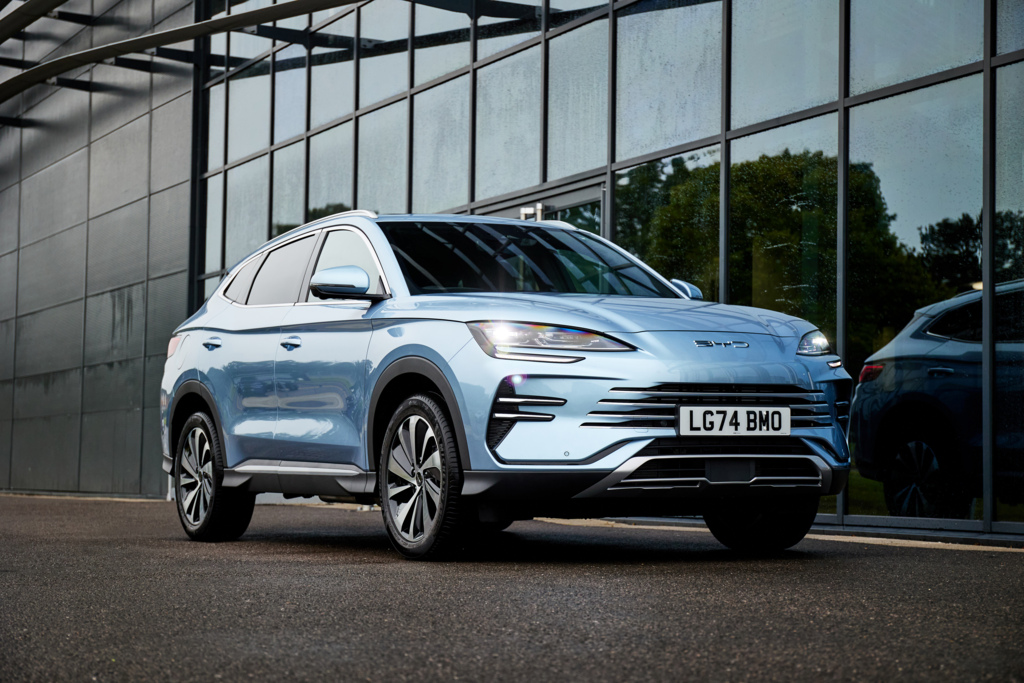
The rest of the design is fairly safe and will be perfect for buyers who simply want a big car to get their family from A to B. The rear end, thankfully unburdened by BYD’s Build Your Dreams motto, features a full width light bar that connects the two main clusters, but that’s about it for visual stimulation.
Inside, the U gets a different interior to the Seal saloon, and, in general, it ticks all the boxes. The materials are of decent quality and BYD has clearly worked hard to recreate the premium feel of a high-end Audi, BMW or Mercedes. Like the exterior, there’s a lack of excitement in terms of the overall look, but there’s no faulting the fit and finish.
Battery, range and charging
The Seal U comes with a surprisingly complex drive system. The entry-level, front-wheel drive Boost model features a 1.5-litre, normally aspirated petrol engine while the all-wheel drive, range-topping Design model is powered by a turbocharged engine. That said, the engine only ever drives the front wheels, all-wheel drive comes courtesy of an electric motor on the rear axle.
Unlike some plug-in hybrids, the Seal U doesn’t feature a multi-speed gearbox. Instead it uses a clever system that uses a single gear for the electric motor, a gear for the petrol engine and a reduction gear to allow the two to work in harmony. Sounds complicated. Is complicated.
Launch models get an 18.3kWh battery that sits in the belly of the car and delivers an official electric-only range of 49 miles. The petrol engine acts as a generator, keeping the battery charged between 25% and 70% when driven in ‘HEV’ mode. Unlike some PHEVS, the Seal U doesn’t allow the battery to drop below 25% charge so that it always has enough buffer to power the motors.
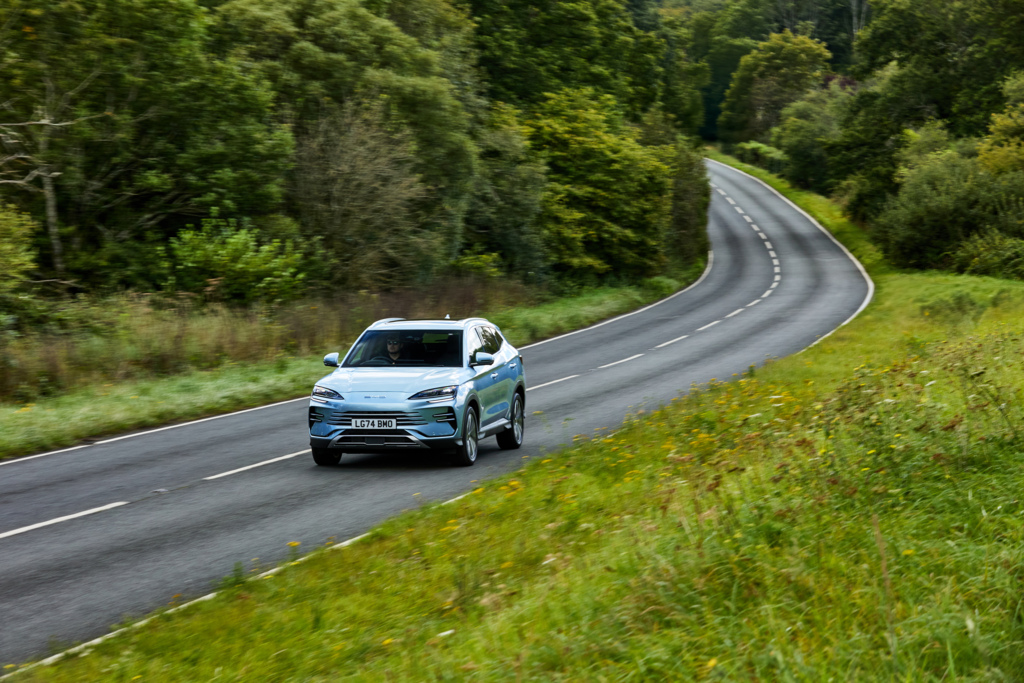
If more electric miles are a key consideration, BYD is adding an additional Comfort spec model later this year that comes with a larger 26.6kWh battery that promises a WLTP electric range of 77 miles.
Of course, if you’re in the market for a PHEV, then electric-only range is only part of the story. Looking at the bigger range picture, the Seal U has a combined (electric and petrol) range of more than 600 miles, which is an impressive figure.
Charging for the battery peaks at 11kW on an AC connection and 18kW on a DC connection (CCS). BYD claims that the battery can charge from 30-80% in around 35 minutes. It’s okay but hardly the best in class given that cars like the Škoda Kodiaq iV offer peak speeds of 40kW.
On the positive side, BYD claims that the Seal U is the first PHEV to come with Vehicle to Load. Operated via an adapter that plugs into the charging port, it allows owners to power up devices and appliances with a combined draw of 3.6kW.
Practicality and boot space
Like so much of the Seal U, practicality is best described as okay. It doesn’t enjoy the levels of rear space that the electric-only Seal saloon has, but otherwise it’s perfectly fine. I found the driving position could benefit from more reach adjustment on the steering column and a lower base point for the seat, but these are minor niggles in an otherwise pretty comfortable car.
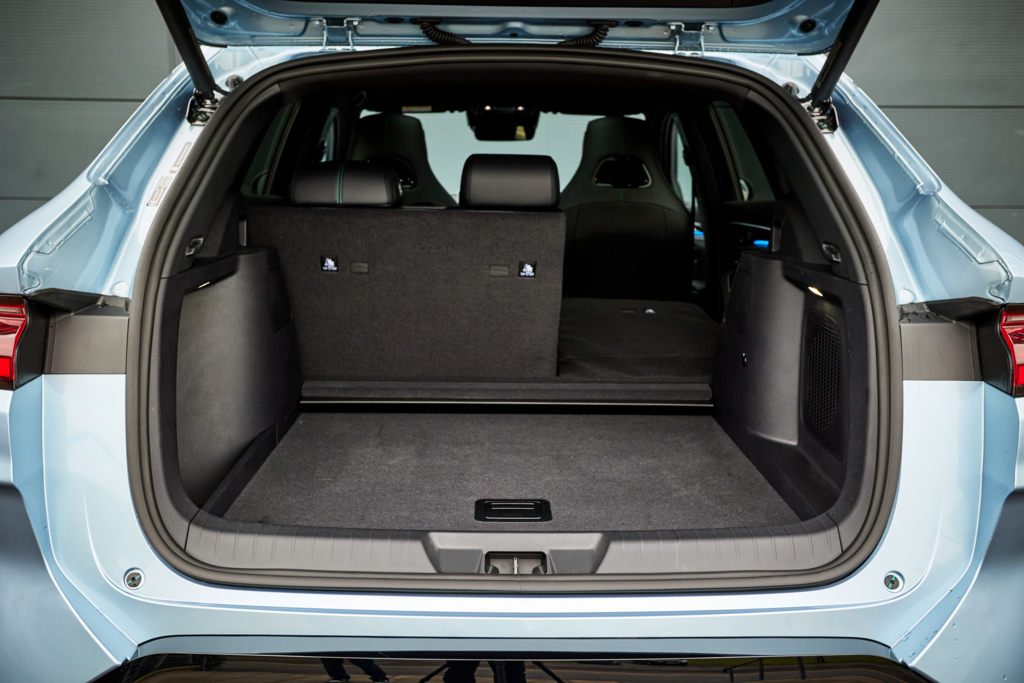
The extensive use of dark trim and a black headlining make the cabin feel smaller than it actually is. The tiny rear window adds to the slightly snug feel that some potential buyers might not welcome in what should be a large and practical family barge. The boot is also a bit of a let down with a maximum load capacity of 425 litres with the rear seats in position. For reference, the Toyota RAV4 and Volkswagen Tiguan PHEVs both offer more boot space in a more compact package.
Interior and technology
You won’t be short on kit with the Seal U because it’s packed with equipment. And there’s no agonising over which trim level to choose because they’re essentially all the same. The only real difference between Boost, Comfort and Design are the drivetrains. The dashboard is dominated by BYD’s signature infotainment system that is decently designed and reasonably intuitive to use. On the downside, you’ll need it to operate the main heating and ventilation controls (a personal bugbear), and it lacks the crystal clear clarity and brightness of rival systems. Oh, and it rotates through 90 degrees should you feel the need to (I didn’t).
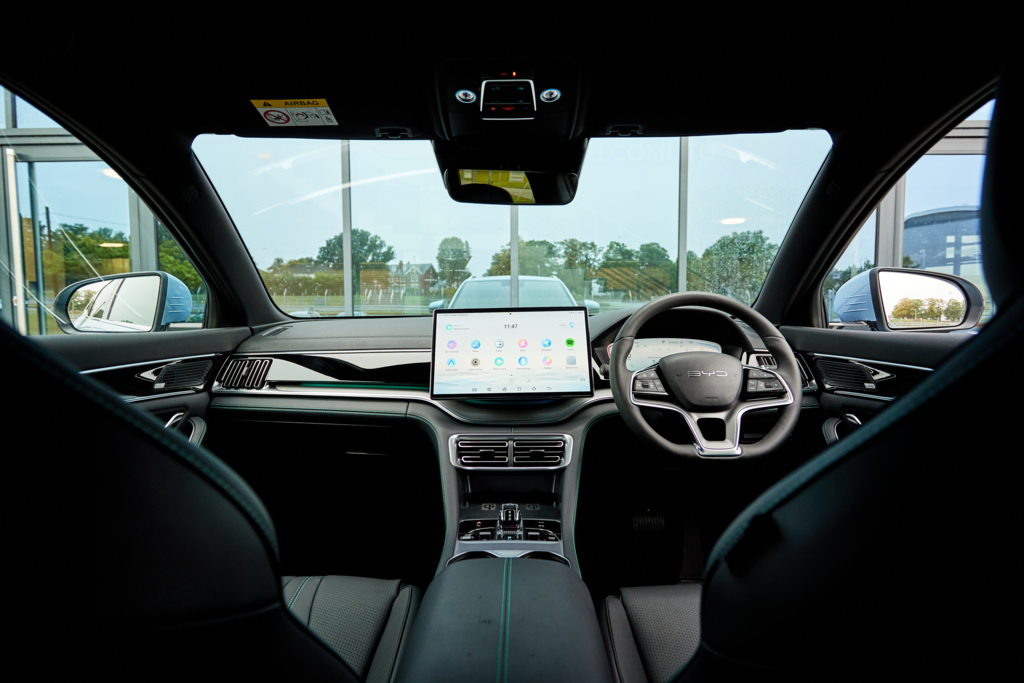
Impressively, a head-up display (HUD) is fitted as standard and gives enough key information without being distracting. However, as with all head-up displays, the system basically works on the principle of reflection, so if you’re wearing polarising sunglasses, the display disappears completely.
Driving and performance
Both versions offer two driving modes, EV and HEV, which can be manually switched between via a switch on the centre console. As its name suggests, EV forces the drivetrain to use electric power until the charge level hits 25%, at which point the petrol engine fires into life and starts replenishing the battery or driving the wheels (depending on how much power you’re demanding).
In HEV mode, the car works out what mode is best and juggles the petrol and battery power to deliver the most efficient combination. In reality, it works very well. BYD deserves credit for making such as refined drivetrain; the switch from electric to petrol power is imperceptible and you really need to listen hard to hear the engine running. It’s easily the quietest system we’ve come across.
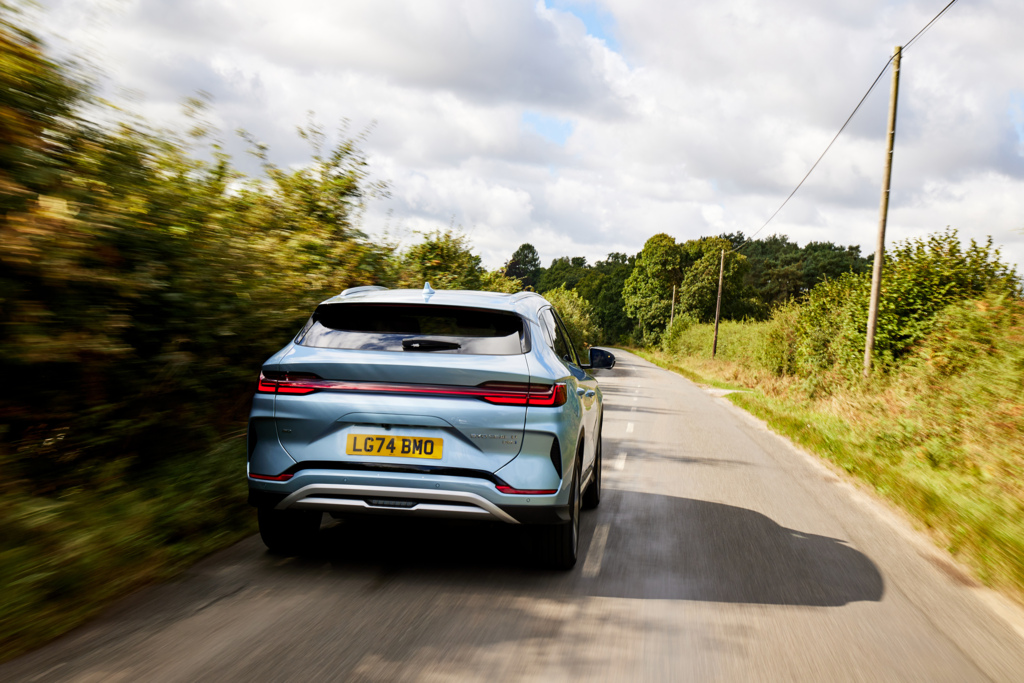
But while BYD’s drivetrain engineers can take the rest of the week off, the chassis team need to up their game. I’ll start with the positives. It’s quiet and it doesn’t deliver the jarring, brittle ride that often come with big, heavy SUVs riding on huge wheels. However, the ride is so squishy that wallows over crests and never feels particularly connected to either the road or the driver. Compounding the issue is steering that feels over-assisted and remote. It never feels unsafe, but there’s not much joy to be had behind the wheel. It stops, starts and goes in the direction you want, but the vagueness of the controls make the Seal U feel like a bigger car than it is.
Running costs and pricing
The good news is that efficiency is impressive. The front-wheel drive Boost model showed an average fuel consumption figure of 82mpg over the course of a 30 mile mixed driving route while the all-wheel-drive Design managed a more modest 45mpg.
The not-so-good news (for now) is that both launch models sit in the 8% benefit in kind tax bracket for company car drivers. That said, the forthcoming Comfort version with a larger 26.6kWh battery, will come with a higher electric range (77 miles) and a 5% tax liability.
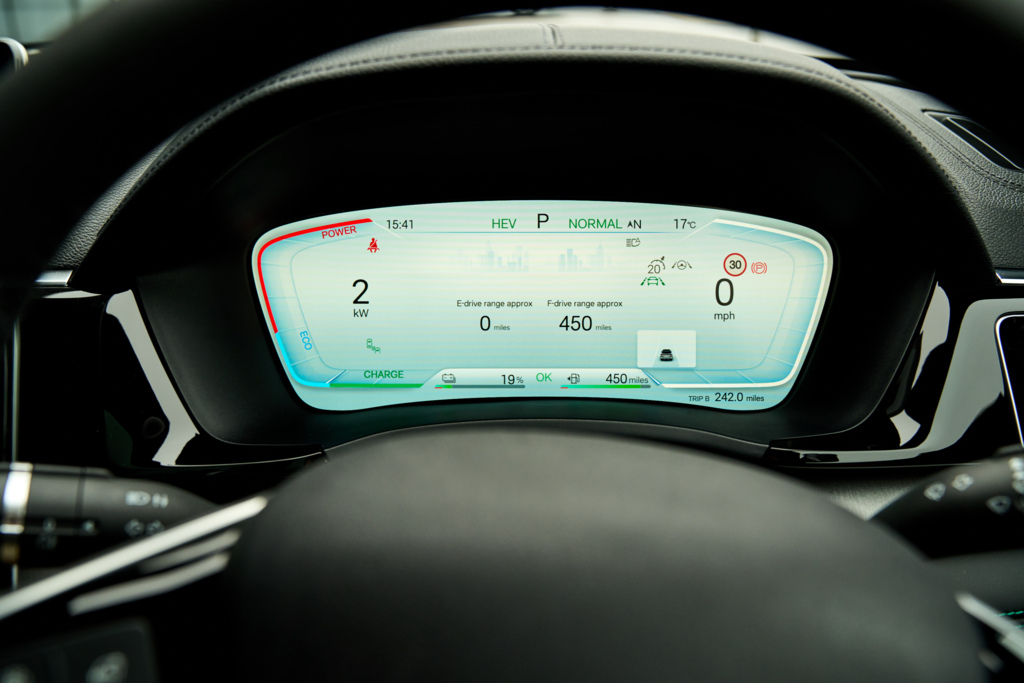
Prices start at £33,205 for the entry-level Boost and rise to £39,905 for the range-topping Design. Given that equipment levels are virtually identical on both, it’s hard to justify the £6,700 premium for the all-wheel-drive model. The simpler, lighter Boost version is the better package of the two.
Verdict
On paper, the BYD Seal U DM-i is a compelling package. It undercuts all its key PHEV rivals on price, offers one of the most advanced drivetrains in the sector and comes loaded with kit. It’s also remarkably efficient. If value, quality and kit are your main criteria, the Seal U will be right up your alley. That said, if you’re the kind of person for whom a car is more than just basic transport from A to B, the Seal U’s key rivals offer more in the way of dynamism, style and excitement.



































